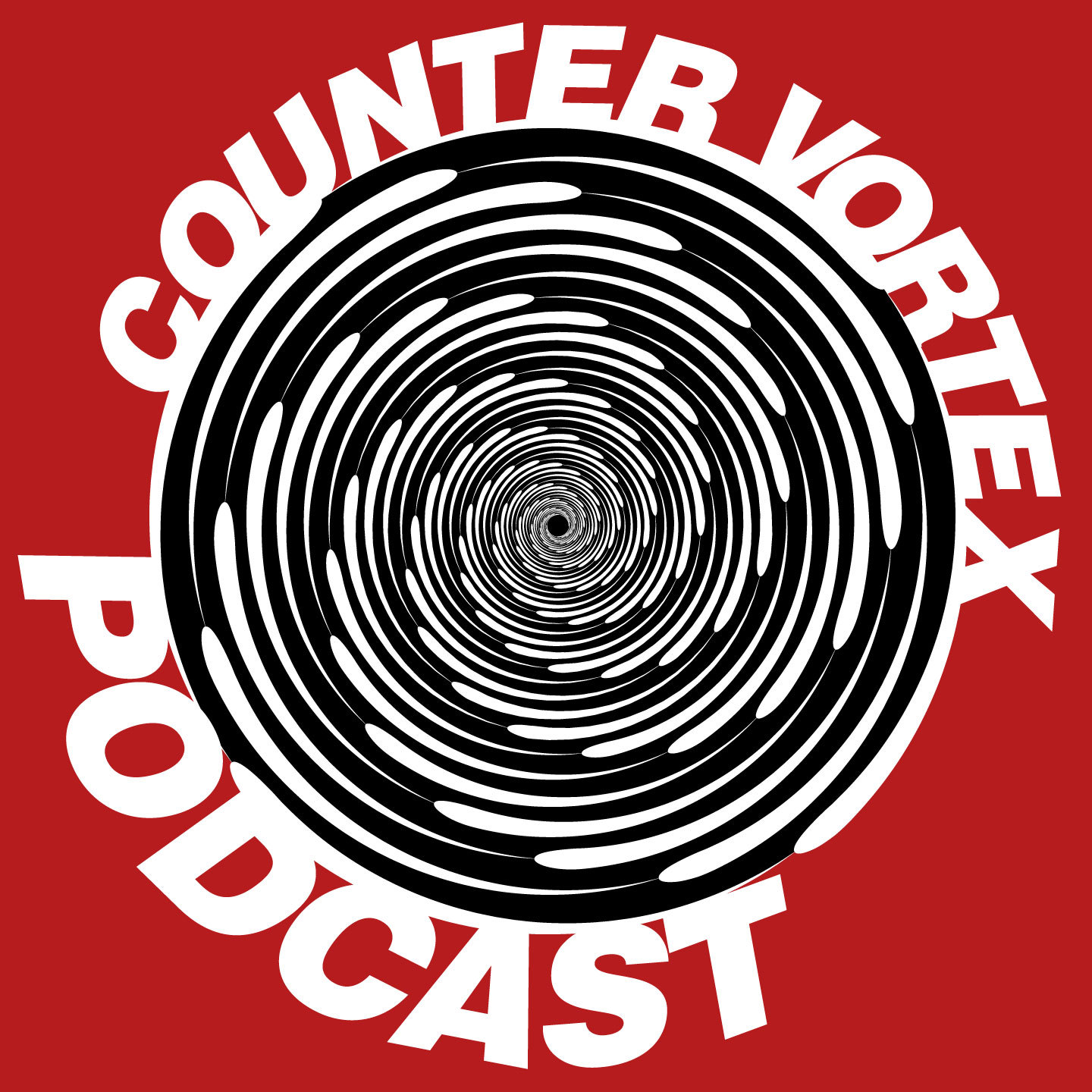Colombia is the worst humanitarian disaster in the western hemisphere, and the worst on the planet after Congo and Darfur. But the world is paying very little attention—even as Ecuador is starting to look more and more like the next domino. From the UN News Center, May 5:
The United Nations refugee agency is appealing for just $69,000 by the end of the month — a mere $10 per person — to help 7,200 Colombians who have fled into Ecuador from violence in their homeland.
“We are desperate to provide for the needs of 7,200 refugee women and young girls,” the UN High Commissioner for Refugees (UNHCR) office in Ecuador said in a statement.
“In order to provide security, to help to settle the refugees, to provide basic healthcare and living necessities, we’ve calculated that a total of $69,000 is needed. That’s just $10 per refugee.”
At the end of last year there was intense fighting in southern Colombia. Violence, kidnapping and forced recruitment of minor children were reported. Consequently, whole families – men, women and children – had no choice but to cross the border into Ecuador in order to escape the fear and the misery, the office added. Many of them even witnessed members of their family being killed.
Two out of three Colombian refugee women in Ecuador are either widowed or single mothers and have no one to help support or protect their children. Life for these women is challenging. They are victims of unfair labour practices and sexual exploitation. Jobs are scarce and refugees have no choice but to accept the least desirable and lowest paying jobs.
For the children, life is equally miserable. “We must help them, to offer them hope,” the office said, citing the case of five-year-old Erika who fled with her mother and older brother on Christmas Day after paramilitary forces came into her house and killed five of her family members including her father. The bullet that killed him passed through Erika’s shoulder.
“The physical and emotional scar of that day will remain with her throughout her lifetime,” it added.
In a related development, the UN issued the latest in a series of warnings today that Colombia’s indigenous communities are threatened with extinction because of the country’s four decades of civil conflict and the violence associated with the cocaine drug trade.
The Nukak Maku‘s population has declined by almost 60 per cent in the last 20 years and today they number less than 500 members, of whom more than half have been forcibly displaced from their homes, the UN Office for the Coordination of Humanitarian Affairs (OCHA) said.
The Nukak, who live in small nomadic groups of six to 30 and speak only their own language, have fallen victim to malaria and flu since their first contact with outsiders in 1988, and now their lands have been occupied by coca growers and parties to the conflict.
“While the Government of Colombia has afforded constitutional recognition to indigenous people and has made progress in indigenous legislation, much more is needed to protect these small groups, who represent part of the unique heritage of humanity and an important reservoir of cultural and environmental knowledge,” UN Under-Secretary-General for Humanitarian Affairs Jan Egeland said.
Of Colombia’s 91 indigenous groups comprising 785,000 people, or just under 2 per cent of its population, 12 face extinction due to the conflict. Violence against the indigenous people is often related to armed disputes over land desired for illegal coca and poppy growing and control of natural resources.
Just last month, almost 1,800 indigenous people from the Wounaan community fled from their ancestral lands to seek shelter in the town of Istmina in north-west Colombia after the murder of two indigenous leaders. The nearby San Juan region is being disputed by guerrillas of the leftist Revolutionary Armed Forces of Colombia (FARC) and rightist paramilitary groups.





More on the Wounaan
From IPS, April 7: